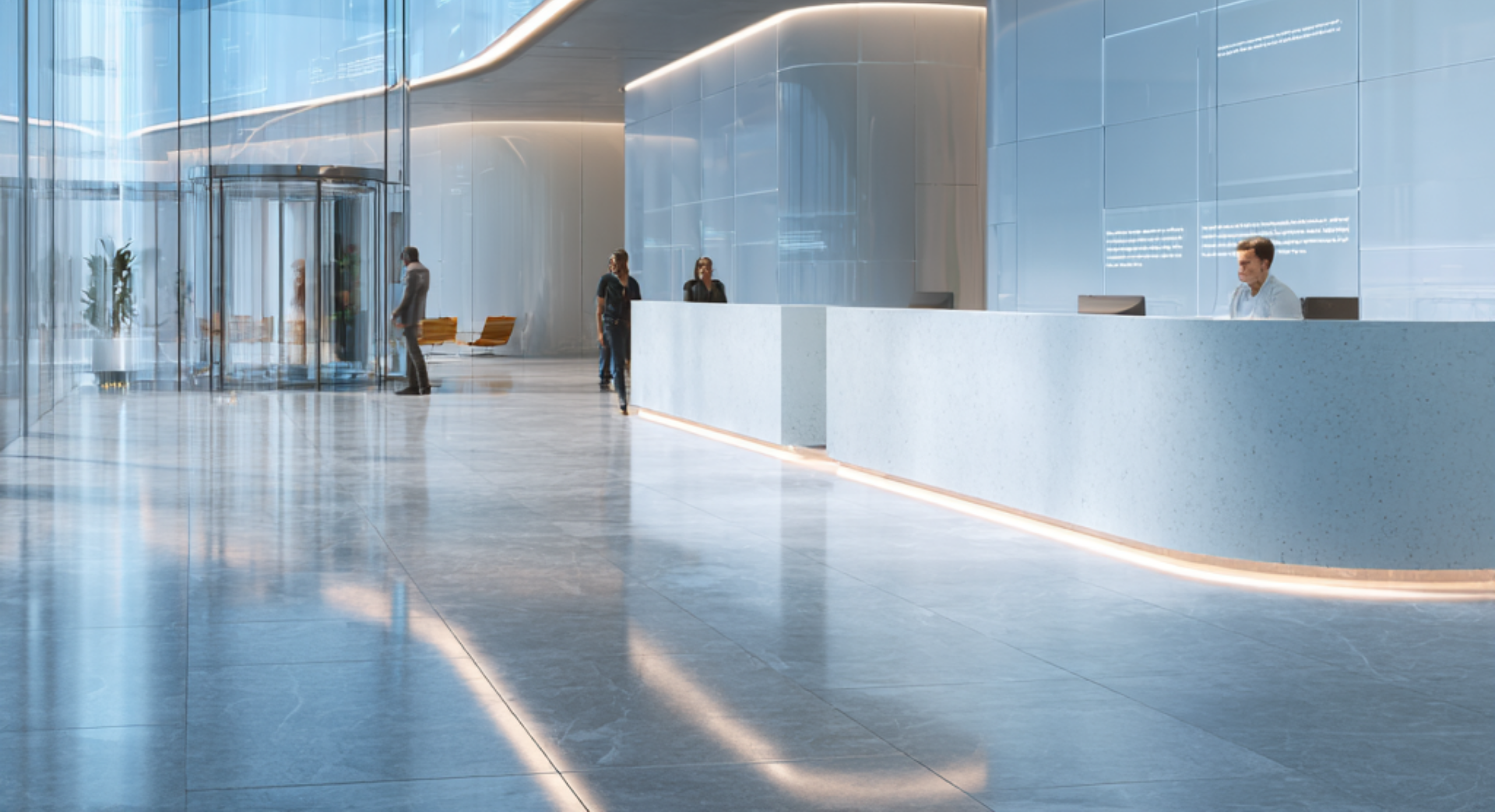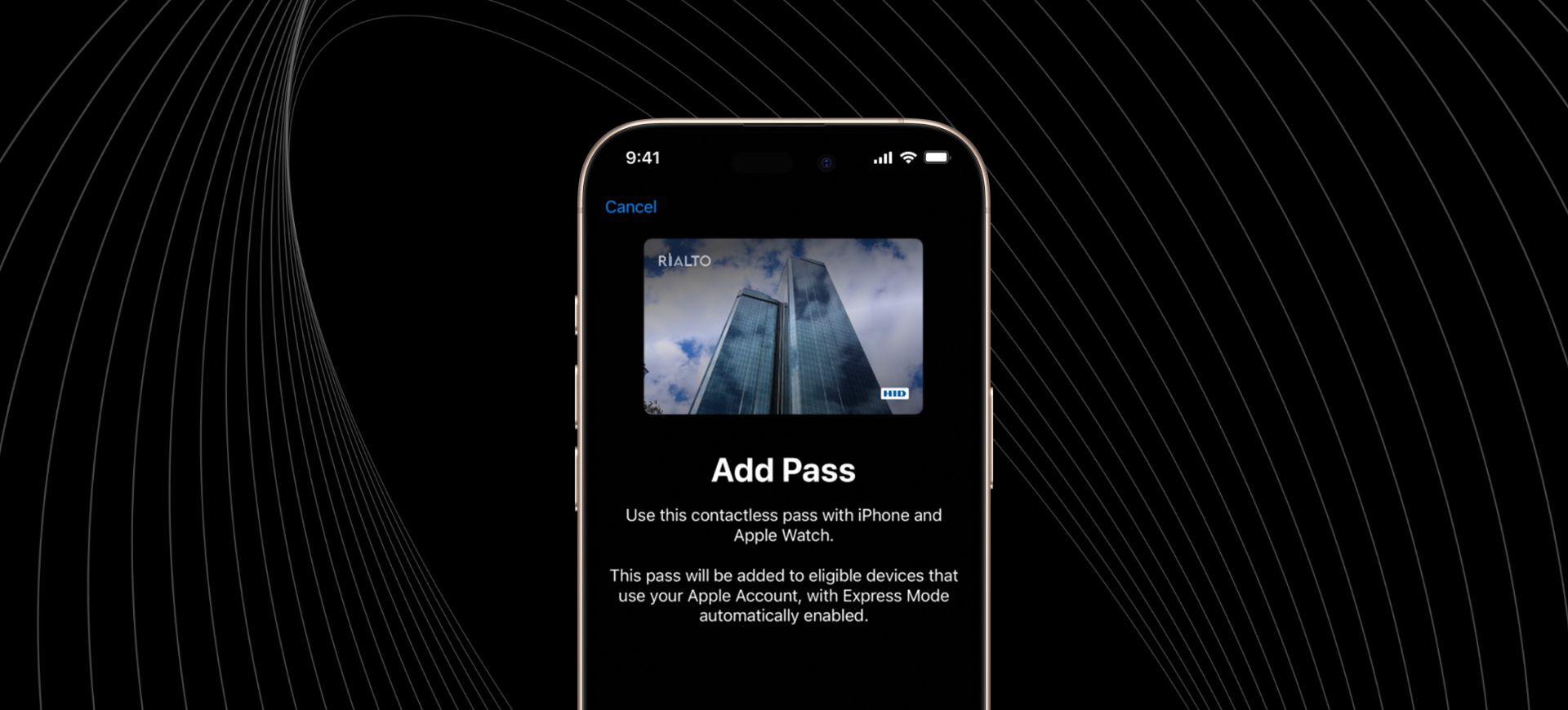Website Content: It’s More Important than You Think!
Far too many companies take a haphazard approach to their website’s content. They view their content as nothing more than the written word. This mindset leads them to generate one non-descript landing page after another. However, producing great website content involves so much more than just text. Your website’s content is your best way of generating that all-important first impression.
Great website content doesn't simply describe what your business does and the products and services it offers. Your content should engage your audience, define your value, position your business as that all-important partner, and incentivise your customers to take action. That requires a content development strategy.
Yes, the text is a big part of your website’s content. However, just generating text for the sake of filling up space rarely, if ever, generates results. Great website content needs an all-encompassing search engine optimisation (SEO) strategy built on strong keyword and keyword phrase research. That takes a considerable amount of time, knowledge, and know-how.
Having a content development strategy means every piece of content you generate — and every landing page you publish — is optimised for your market, audience, and individual buyer personas. The goal is for the website copywriter to generate targeted traffic for those keywords and keyword phrases that potential customers use in online searches. Website copywriting requires a forward-thinking content development strategy where each content piece that’s published is followed by an in-depth, after-publication assessment and review.
- What was the overall SEO score for the content?
- Were the meta title and meta description optimised for search?
- Did the content generate the type of targeted traffic our business needs?
- What was the content’s or landing page’s click-through rate (CTR) or conversion rate?
- Do changes need to be made to the content to improve results?
It’s well known that today’s audience has short attention spans. Users average no more than 10 to 20 seconds before they abandon a website altogether. That means your value proposition must immediately catch their attention.
High-Quality Images
Asking users to read a run-of-the-mill landing page with nothing but the written word simply won’t work. More is required. Great website content combines the written word with high-quality and high-definition images. It immediately catches the user’s attention and is critical for SEO. Humans are visual creatures, and vivid imagery helps to keep your audience engaged.
Engaging Videos
Thought-provoking videos are another must-have when generating content for today’s audience. Search engines like Google rank videos based on their topic relevancy, which is why keyword-optimised descriptions are so important. Video-hosting services such as YouTube have an entire section devoted to keywords and a field where keyword-optimised descriptions can be leveraged to improve searchability. Your website copywriter should have no problem filling out these fields.
Insightful Infographics
Infographics are a great way to summarise important data. Much like videos and images, infographics help to break up the content and give potential customers invaluable insights into critical statistics and emerging trends. Infographics with vivid colours and fonts are a great way to get customers to stay on the page.
An all-too-common mistake is to assume that a website’s content and landing pages are a “set-it-and-forget-it” proposition. The performance of every piece of content must be thoroughly analysed with a continuous improvement mindset. This requires a dedicated team of content professionals and a website copywriter who understands how to assess the content’s performance and immediately improve results.
Improving the performance of landing pages requires defining the page’s baseline performance and measuring all future changes against that original baseline. This means revising the keywords used, fixing broken links, refreshing outdated images with high-quality replacements, and using an engaging call-to-action (CTA) that pushes customers to move forward.
Your website’s content should welcome your customer, define your company's value, and make an immediate impression. If your business is looking for a partner who can upgrade your website’s content, increase traffic, and improve upon existing results, then
contact us now.
Need help getting started?
Keep reading




